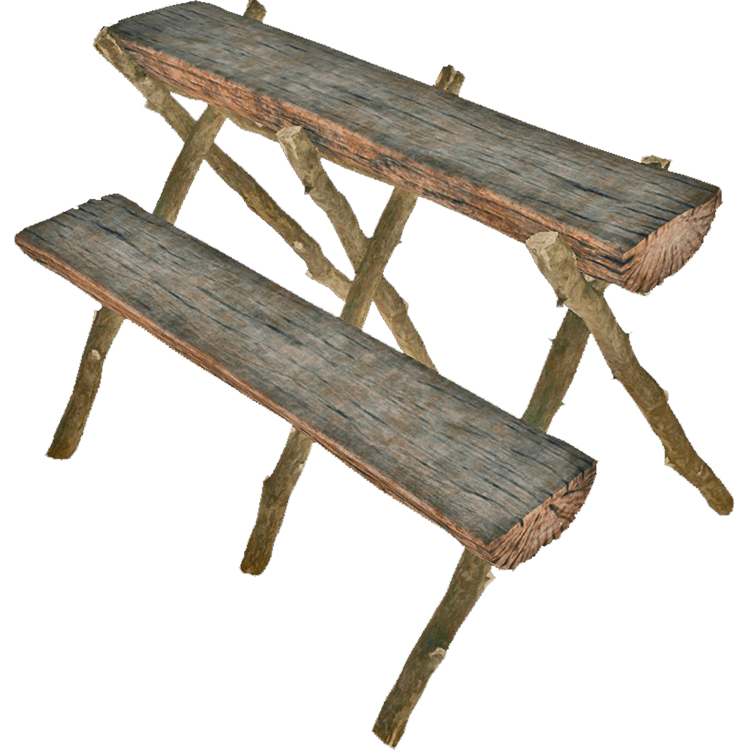

"Wolf" was used in several titles of Hitler's headquarters throughout occupied Europe, such as Wolfsschlucht I and II in Belgium and France and Werwolf in Ukraine.Īlthough the standard translation in English is "Wolf's Lair," a Schanze in German denotes a sconce, redoubt or temporary fieldwork. He began using the nickname in the 1920s and it was often how he was addressed by those in his intimate circle. Wolfsschanze is derived from "Wolf", a self-adopted nickname of Hitler. On 25 January 1945, the complex was partially destroyed by the SS and Wehrmacht prior to their retreat and abandonment of the site 48 hours before the arrival of Soviet forces.
The work was never completed because of the rapid advance of the Red Army during the Baltic Offensive in late 1944. In mid-1944 work began to enlarge and reinforce many of the Wolf's Lair original buildings. In total, he spent more than 800 days at the Wolfsschanze during a 3 + 1⁄ 2-year period until his final departure on 20 November 1944. Hitler first arrived at the headquarters on 23 June 1941. Despite the security, the most notable assassination attempt against Hitler took place at the Wolf's Lair on 20 July 1944.

These were guarded by personnel from two SS divisions: the SS-Begleitkommando des Führers, Reichssicherheitsdienst and the Wehrmacht 's armoured Führerbegleitbrigade. Three security zones surrounded the central complex where the Führer's bunker was located. The top-secret, high-security site lay in the Masurian woods about eight kilometres (five miles) east of the small East Prussian town of Rastenburg, now Kętrzyn in present-day Poland. The Organisation Todt constructed the complex, which became one of several Führerhauptquartiere ( Führer Headquarters) in various parts of Central and Eastern Europe, for the start of Operation Barbarossa-the invasion of the Soviet Union-in 1941. The Wolf's Lair ( German: Wolfsschanze Polish: Wilczy Szaniec) served as Adolf Hitler's first Eastern Front military headquarters in World War II.


 0 kommentar(er)
0 kommentar(er)
